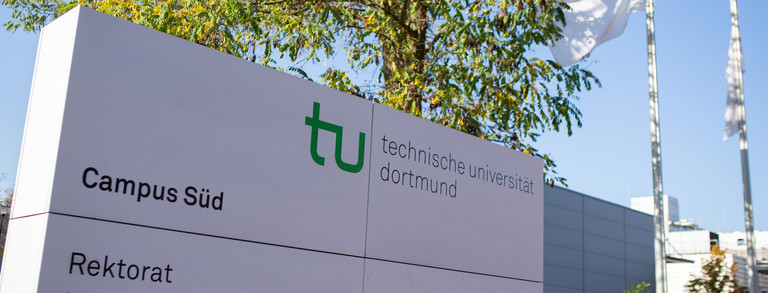Peer-Mentoring
Disability and studying?
Do you have a visible or non-visible impairment? This includes, for example, mobility and movement impairments, visual impairments/blindness, hearing impairments/deafness, speech impairments, mental impairments/diseases, chronic physical illnesses, partial performance disorders, autism spectrum disorders, other long-term impairments or severe illnesses.
Are you going into high school or already have professional experience and are considering studying? Or have you already enrolled and are in the introductory phase of your studies?
You have questions, are unsure and would like to meet "insiders" or students with impairments who are already successfully mastering everyday university life?
Then join the "Peer Mentoring for Prospective Students and Students with Disabilities and Chronic Illness in the Study Entrance Phase".
Peer mentoring refers to mentoring among peers. In the DoBuS peer mentoring program, you as a prospective student or first-year student with an impairment (mentees) are supported by experienced students with an impairment (mentors) in making a successful start to your studies at TU Dortmund University.
We offer
- an extensive supporting program,
- Information on counseling and support services,
- Improvement of study conditions,
- orientation at the university,
- avoidance of dropouts,
- creation of professional perspectives,
- a social network and interesting peer contacts at the university,
- an opportunity to address barriers in studying and to work out solutions,
- a certificate of participation as a mentee.
Procedure
You apply - we find your mentor! You get to know each other and exchange expectations and goals. If there is suitable team spirit, a so-called tandem is formed. The mentoring relationship always lasts for two semesters. The individual time required for mentoring depends on the goals and content that the mentor and mentee have agreed upon. At least five personal meetings at TU Dortmund University and a joint visit to a lecture, a laboratory or the library are recommended. The tandem partners are in contact with each other via telephone or e-mail. If both parties wish, the relationship can also be shortened or extended. We also offer an exciting social program for all participants of the program.
Application with the registration form is available at any time.
The program is free of charge, the number of places is limited.
Travel (and possibly accommodation) costs must be funded by the participants themselves.





